
A blog focusing on 1/64 diecast from such popular brands as Hot Wheels, Matchbox, Johnny Lightning, M2 Machines, GreenLight, Tomica, Yat Ming, Majorette, MotorMax, Siku, Corgi, Guisval, Playart, Ertl, Zylmex, Racing Champions, & many more. Swifty's Garage features a daily Car Of The Day and news updates from your favorite brands!
Thursday, May 5, 2011
Car Of The Day: May 5, 2011
Today's car of the day is Rhino Toys' 1982 Ford Mustang.
The third-generation Mustang was produced by Ford Motor Company from 1979 to 1993. Built on Ford’s ubiquitous Fox platform, it evolved through a number of sub-models, trim levels, and drivetrain combinations during its production life. It underwent a multi-faceted update for 1987, and for a time seemed destined for replacement with a rebadged import before company executives were swayed by consumer opinions. Enthusiasts group the generation into two segments: the 1979-1986 cars, with their quad headlight arrangement, and the 1987-1993 cars, with their "no-grille" front fascia styling. Production ended with the introduction of the SN95 fourth-generation Mustang for the 1994 model year.
For more information and pictures of the real car please visit: Ford Mustang
This is a Summer quality car....up until you get to the rear. At that point, the casting just falls apart completely. This is a copy of a copy, with it's direct inspiration being a Universal casting of dubious distinction. I'm not sure what the original inspiration was.
For 1979, the all new Mustang was based on the larger Fox platform, initially developed for the Ford Fairmont and Mercury Zephyr twins that debuted in 1978. The interior was completely restyled and could now more comfortably seat four, even with the smaller back seat. The new Mustang also had more trunk space and a bigger engine bay for better serviceability. Body styles included a coupe (notchback) and hatchback (fastback). The only trim level available over the base model was Ghia. There was also a Cobra option available (17,579 produced in 1979) that completed the lineup through 1981. Engine choices included the 88 hp (66 kW) 2.3 L Pinto I4, 109 hp (81 kW) 2.8 L Cologne V6 (made by Ford of Europe), and the 140 hp (104 kW) 302 cu in (4.9 L) Windsor V8. All were carried over from the Mustang II line. Supplies of the 2.8 L proved inadequate leading to it being replaced in mid-1979 with Ford's 85 hp (63 kW) 3.3 L straight six. A new 132 hp (98 kW) 2.3 L turbo four-cylinder, debuted, which offered similar horsepower to the V8. Ford had high hopes this engine would usher in a new era in performance. The 2.3 and 2.3 Turbo and V8 models could also be optioned with the newly developed TRX handling suspension, which utilized Michelin 390 mm tires and specific metric wheels. The Mustang was again chosen as pace car for duties in the Indianapolis 500. Ford commemorated the honor with an "Indy 500" pace car edition. About 11,000 copies were produced in two-tone pewter and black with orange graphics. Available were the 2.3 L Turbo with mandatory four-speed manual transmission or the 302 cu in (4.95 L) V8 with either the manual or three-speed automatic transmission. The three actual Pace Cars were fitted with a T-roof by Cars & Concepts of Brighton, MI. The T-roof option would not become an available option until the 1981 model year.
Following the second oil crisis in 1979, the 302 cu in (4.9 L) was dropped in favor of a new 255 cu in (4.2 L) V8 due to its better fuel economy. It was the only V8 offered in 1980 and 1981. Basically a de-bored 302 the 4.2 L V8 had restrictive heads and managed to produce 120 hp (89 kW), the lowest power ever for a Mustang V8. Compounding the lack of power, the 4.2 L was mated only with the three-speed automatic transmission. This meant the 2.3 L Turbo 4 was the sole "performance" engine. However, the Turbo 4 was plagued with reliability issues from its release. Inadequate lubrication led to premature turbo failure and even some engines catching fire. It was listed as an option through 1981, but quietly dropped for 1982, although it was still available in Canada. This engine would return in the new-for-1983 Turbo GT. The "Traction-Lok" limited slip differential was available for the first time in 1981, with all engine combinations.
The beginning of a performance revival began in 1982 with the return of the 302 cu in (4.9 L) (called "High Output", or H.O., for the first time), last seen in 1979, and the GT trim level. Now producing 157 hp (117 kW), the re-engineered 302 consisted of new valves, a more aggressive cam (from a 1973 351W Torino application), a larger 2-barrel carburetor, as well as a better breathing intake and exhaust system. The 4.2 L, now in its final year and available only with an automatic, could be substituted in the place of the 302 resulting in a US$57 credit to the buyer. Trim levels were also revised to now included L (base), GL, GLX, and GT. The Cobra option was no longer available. The 3.8 L Essex V6 replaced the 3.3 L I6, as the 3.3 L engine had little demand and was dropped after 1982.
Subscribe to:
Post Comments (Atom)
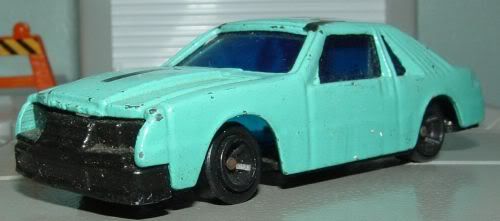
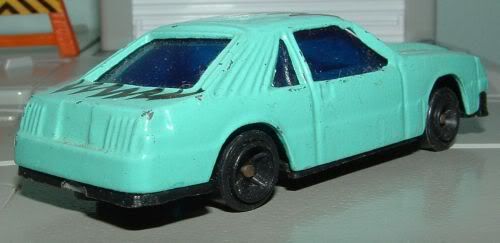
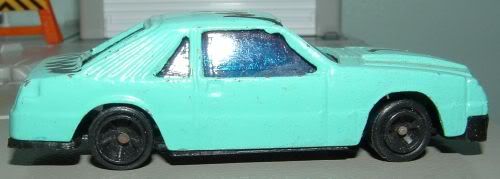
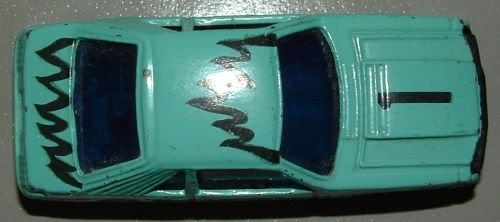
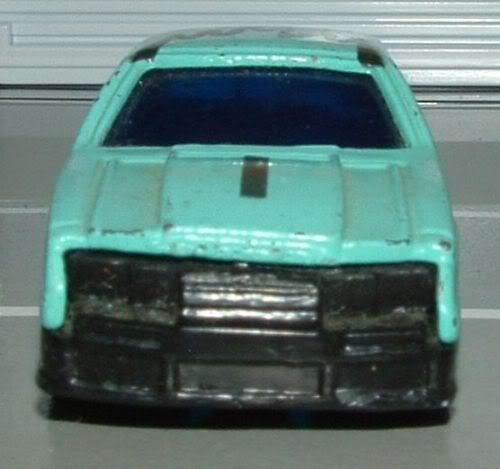
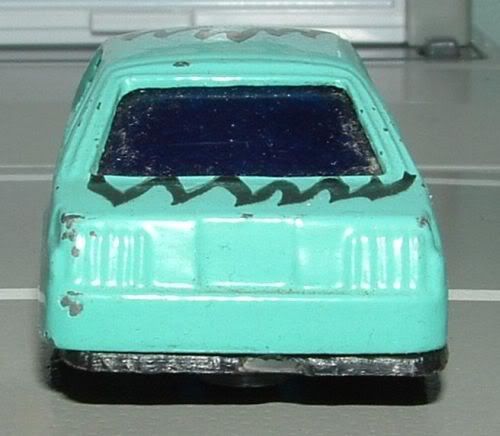
No comments:
Post a Comment